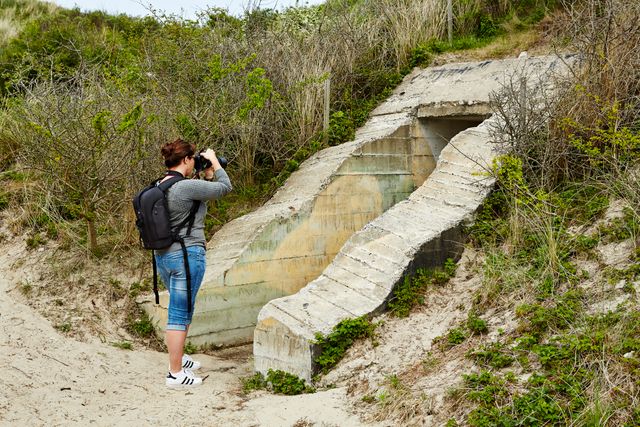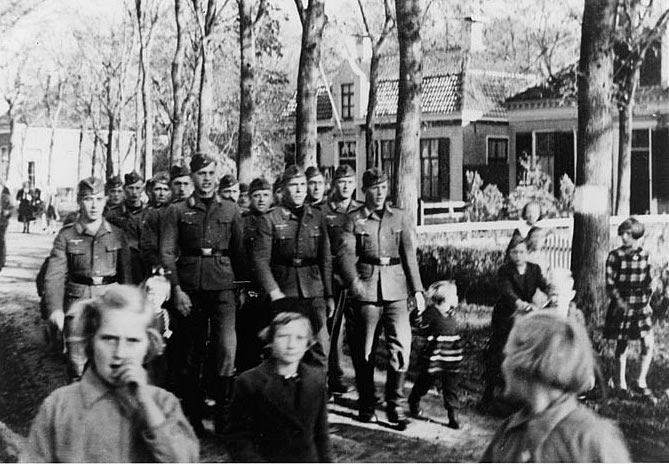Wadden at War at Schiermonnikoog
Schiermonnikoog was private property for a long time. Bechtold, Count of Bernstorff inherited the island in 1939. In the middle of May 1940, the first German servicemen arrived on the island to occupy it for the next five years. After the war, Bechtold’s beloved Schiermonnikoog was confiscated by the Dutch State to his enormous disappointment. He was no enemy of the islanders. The war left its traces on the island. Visit Bunker Museum Schlei or climb the Wassermann bunker; they each tell their own story.
-
Wassermannbunker
Wassermannbunker
Although this remnant of the Atlantikwall was never used, it is impressive nevertheless. Climb the bunker and enjoy beautiful views.
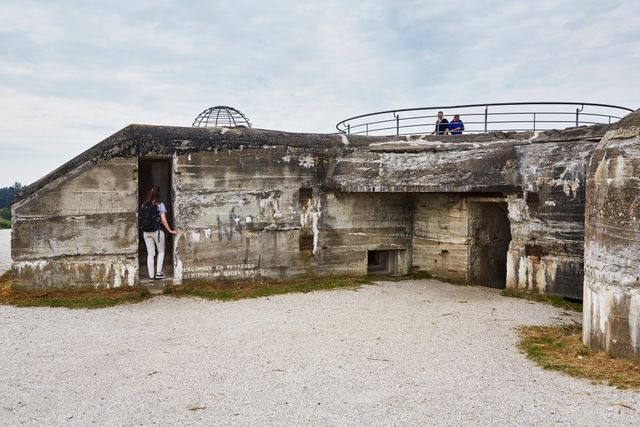
-
Cemetery Vredenhof
Cemetery Vredenhof
This silent, impressive place in the dunes tells the story of the drowned and young soldiers from both World Wars.
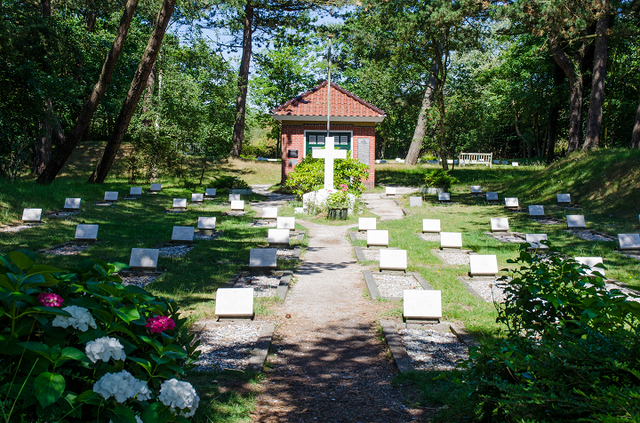
-
Museum In het Koningshuis
Museum In het Koningshuis
Immerse yourself in the history of Schiermonnikoog in this beautiful former teacher’s home.

-
Collection of war material from the Second World War
Collection of war material from the Second World War
Watch out! At Reeweg there is a still a canon and a sea mine from the Second World War.
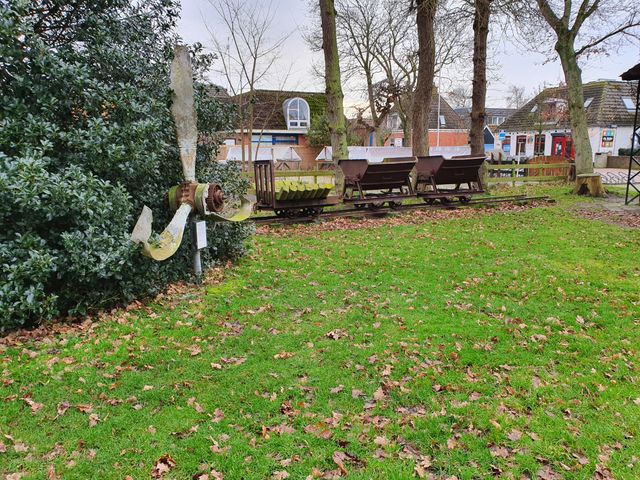
Strained relations before the liberation of Schiermonnikoog
During the war, the eight hundred inhabitants of Schiermonnikoog were isolated in their village. The war period was relatively calm, but tensions flared up just before the liberation.
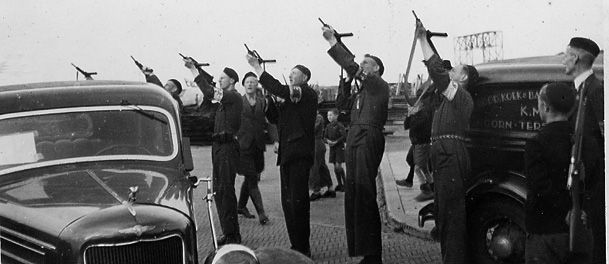
Bunker village - in the dunes of Schiermonnikoog
The construction of the Atlantikwall had drastic consequences for the appearance of the Wadden region. The construction of the various fortifications was a prime case of mankind’s heavy meddling with nature. At the same time, nature also affected the construction of this line. The remnants of this defensive line are part of our military heritage. The construction of the Atlantikwall turned the entire Wadden coast into a remembrance landscape. Schiermonnikoog too was faced with the construction of various structures.
As on most of the other Wadden Islands, the dunes are extremely important on Schiermonnikoog. The dunes were a natural habitat for the bunkers. Construction pits could be dug out quickly in the dunes, and concrete could be poured
immediately. The new bunker could be covered with sand straightaway. So bunkers were easy to build and to camouflage here. The bunkers were also easy to connect with trenches, and this created complete bunker villages in the dunes. On Schiermonnikoog this was the Schleistelling.
On the one hand the Germans worked with the existing landscape, but on the other the dunes were disturbed enormously with trenches, barbed wire and massive amounts of concrete. Here and there they went as far as to build new dunes or to make existing dunes steeper by hand to provide optimum protection. The construction materials for all the fortifications were supplied from elsewhere. In essence, this was a heavy industrial intervention in the existing Wadden landscape. This had not happened on such a massive scale ever before.
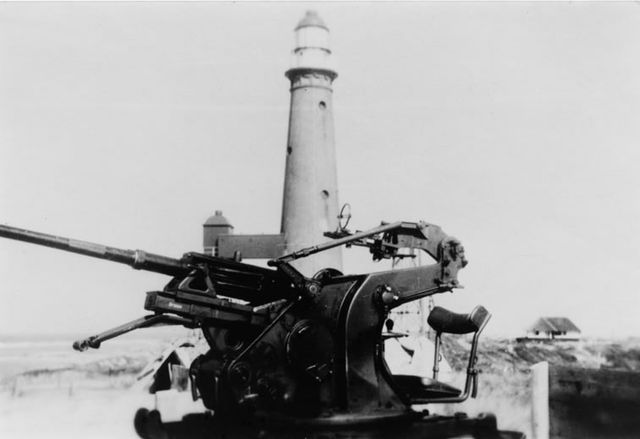
BUILDING THE BUNKER VILLAGE
The Schleistelling, also known as Schlei village, was built on the north side of the island. It consisted of radar systems, anti-aircraft artillery, bunkers and camouflaged barracks. The construction materials, such as mortar, sand, gravel and steel wire, were supplied by boat. The Germans laid a new narrow-gauge railway of more than five kilometres especially to transport those materials to the bunker village.
On the highest dune of Schiermonnikoog, Poemelsduin, the Germans built a large Wassermann bunker. The dune was excavated first, then the bunker was built and finally the dune was ‘put back’ around the bunker. The bunker was built here,
because the intention was for it to have a Wassermann radar antenna on top. Those antenna were always positioned on the highest dunes to detect allied planes as quickly as possible. The bunker was built, but the antenna never came.
After the war, the bunker village was demolished and the materials were used for the reconstruction of the island. Bunkers also disappeared under the sand. You could argue that this restored the dunes and that the scars left by the bunkers had been erased. In reality, the bunkers are now the core of the new dunes and they have become part of a new Wadden landscape.
-
Atlanticwall in the Wadden region
Atlanticwall in the Wadden region
The Atlantic Wall changed the landscape of the Wadden Islands and marked the Wadden coast. You can now see and experience the story behind this fascinating World War II heritage.
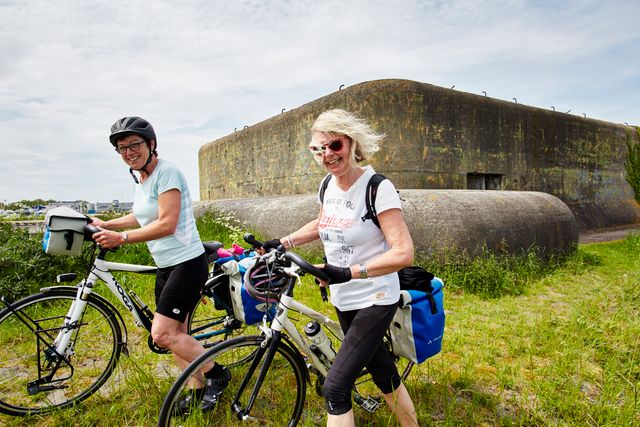
-
More about the military heritage
More about the military heritage
You can discover the military heritage of the Wadden region here. Join an exciting search through accessible bunkers and museums. And experience the penetrating stories behind this fascinating heritage.
